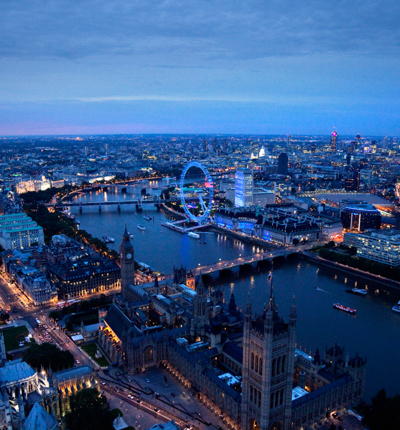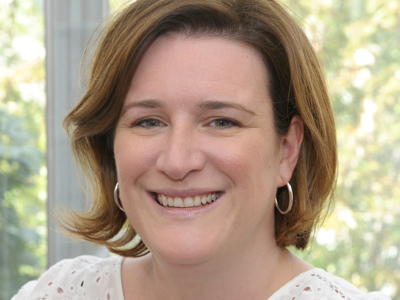
Marchioness disaster 30 years on – have lessons been learned?
On the 30th Anniversary of the Marchioness disaster, consumer safety lawyer Jill Paterson asks whether any lessons have been learned.
Posted on 20 August 2019
I still remember waking up to the news of the Marchioness disaster and being deeply troubled that something so tragic could happen in an apparently safe environment.
The news released on the 30th Anniversary of the disaster, 20th August 2019, from the Port of London Authority (PLA) that “the most basic recommendation from that tragedy has never been implemented” is quite shocking.
51 people lost their lives when the Thames riverboat sank after colliding with the Bowbell dredger in the early hours of 20th August 1989. Whilst the tragedy led to a number of safety improvements such as tracking river traffic and flashing lights on bridges to reduce the risk of further collisions occurring on the Thames, the Chief Executive of the PLA, Robin Mortimer, has warned that there is still a risk of older boats sinking after a crash.
The late 1980s was a particularly terrible period which held numerous tragedies: the fire at King’s Cross (1987); the Zeebrugge disaster (1987); the Paddington Rail crash (1989). It is saddening that serious attempts to regulate for safety often only seem to follow disaster.
Safety changes were implemented following all of the above, but the events that led to them were foreseeable and one has to wonder if deaths could have been prevented if proper attempts to regulate for safety had been made prior to the disasters occurring.
Concerns about flammable cladding were raised following a fire that spread up Garnock Court tower block in Irvine, Scotland in 1999.
After 6 people died and more than 20 were hurt in the 2009 blaze at Lakanal House in Camberwell, the inquest that followed highlighted the fact that cladding could make a fire spread more quickly. Since then we have seen the fires at Shepherd’s Bush and Grenfell.
The trend towards deregulation and the cutting of “red tape” in the last decade can only lead to further problems. Following Grenfell it seems clear that we need more and / or better regulations to provide adequate protection, not less. Safety laws are not introduced to simply obstruct or encumber businesses. They are there to protect people, property and our environment.
Compounding the failure to create or maintain adequate regulations is the fact that they are often not properly enforced. Funding cuts have left regulators and authorities over-stretched.
Since 2010 there have been 35 collisions on the Thames involving older boats. It is concerning that we don’t seem to have learnt the right lessons from the past. We need to ensure that safety measures that are necessary to protect us all are put in place and enforced to ensure that disasters such as the Marchioness never happen in the first place.


